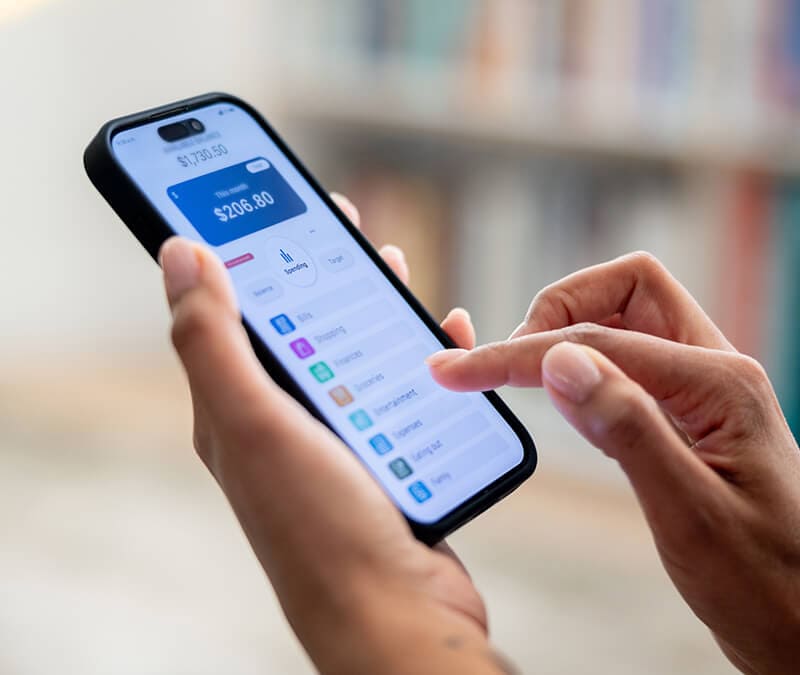What your favorite red-carpet look says about your cybersecurity habits
It’s awards season, which means red carpets and dressed-to-the-nines stars showing off their looks. But what if red-carpet threads could say something about one’s cybersecurity practices? What would your favorite look be and what would it say about your cyber habits?

The clothes we wear say a lot about us, from our ambitions to our feelings to how we want the world to perceive us. Nowhere is this more evident than on the red carpet, where celebrities work their step-and-repeat routines in the knowledge that their “looks” will populate magazine and web pages across the globe before the after-party champagne buzz has worn off.
But can our sartorial choices also say something about our cybersecurity habits? With awards season upon us, let us rephrase that: What would your favorite red-carpet look tell the world about your cybersecurity habits?
Here are some ideas for how you might strut your stuff in ways that express your unique identity—and how they may protect you from, or expose you to, the theft of your identity and other cybercrimes.
The black tux
The classic black tuxedo is a red-carpet perennial for good reason. Always in style, it’s a safe look that will never land you on the “worst-dressed” list. But it’s also predictable, and when it comes to cybersecurity, predictable is bad.
Predictable is using that tried-and-true password for years. Worse, it’s using that same password for multiple websites, from your favorite banking app to your preferred travel sites, social media, and online shopping portal. That kind of predictable behavior is a layup for cyber crooks, who only need to hack one of your accounts to access them all.
This awards season, consider going with a colorful tux and switching up those passwords. Yes, it takes some daring, but you can do it. Use new, unique, and complex passwords. And if you’re worried about keeping track of them all, consider using a password manager.
The plunging neckline
If your drip of choice is champagne sequins with a navel-plunge neckline, we’re guessing you’re a romantic—and probably a prime target for romance scams. Also known as online dating scams or “catfishing,” romance scams trick a person into believing they’re in a romantic relationship with someone they met online. But the truth is their other half is a cybercriminal using a fake identity to gain enough of their trust to ask, or blackmail, them for money.
Romance scams come in various stripes, from fake dating sites to military, inheritance, and sugar daddy scams, to name a few. And unlike that plunging neckline of yours, online scams that pull on a victim’s heartstrings are on the rise. According to the FBI, reports of such scams have soared by nearly 25% since 2019. Heartache is not the only pain they cause. In 2022, cyber sweethearts swindled victims out of $1.8 billion—a record high.
Daring to go (nearly) bare
If your red-carpet philosophy is less is more—“naked” dresses and other revealing attire—we’ll wager you have a tendency toward another risky cyber habit: oversharing.
Oversharing online is rampant, especially on social media. In addition to private messages, photos, and videos, people share details like their real name, email address, birth date, relationship status, and physical address. Such personally identifiable information (PII) is the kind of data thieves can use to steal a person’s identity or sell for cash on the dark web.
It’s one reason social media account takeovers are rising faster than other kinds of attacks by identity criminals. In 2022, the Identity Theft Resource Center (ITRC) received four times more inquiries about social media account takeovers than in 2021, and 40 times more than in 2020.
The long train
If dresses with long trains are your jam, you’re in good company. But even a show-stopping train, like the 20-footer Rihanna wore to the Met Gala in 2023, has serious downsides. Rihanna reportedly needed help to walk in hers, couldn’t sit down, and was in constant danger of tripping up.
A long train that follows you around and poses all manner of risks is the cybersecurity equivalent of your digital footprint. Think of your digital footprint as your paper trail of online activity. It encompasses everything from your comments on news articles to your posts on social media, records of your online purchases, websites you frequent, messages sent, and data you’ve added online.
Managing your digital footprint is important for several reasons. For example, it can determine your reputation online, which could factor into an employer’s decision to hire you or a college’s decision to admit you. The information in your digital footprint could also get compromised in a data breach. So knowing the boundaries of your digital footprint and taking steps to contain it can help protect your identity and reputation.
The baggy look
Perhaps you’re on board with the oversized, baggy look that’s trending (and which one actor took to the extreme at the Barbie premiere). And why not? Loose-fitting clothes are a comfy alternative to restrictive silhouettes. But when it comes to cybersecurity, loosey-goosey is not your friend.
Porous boundaries and lax discipline around data privacy lead many people to fall for phone phishing and smishing scams as well as data-mining schemes on social media such as innocent-seeming surveys and quizzes (like the one that invites you to formulate your exotic entertainer name by combining your first pet’s name and the street you grew up on). Each time you take part in quizzes like these, you’re sharing data that could help bad actors guess your passwords and/or answers to security questions.
Tighten up your boundaries online. Don’t click on links from people you don’t recognize, and limit what you post online, especially when it comes to quizzes and games.
Going for shock value
Finally, if you see the red carpet as an opportunity to make big, bold, perhaps even shocking statements (Lady Gaga’s meat dress, anyone?), we offer you a tip of the hat. Clearly, you have self-confidence in spades.
We’re guessing that’s because you know you’re protected online—and we’re betting that’s because you use a scam detection tool like Norton Genie, an AI assistant that can help identify whether an email, text, or social media message is a scam. Or perhaps you use security software such as Norton 360 with LifeLock Select, which offers secure browsing with a VPN, protection from malware, and identity theft monitoring.
That kind of confidence is a good look on anyone!
Editorial note: Our articles provide educational information for you. Our offerings may not cover or protect against every type of crime, fraud, or threat we write about. Our goal is to increase awareness about Cyber Safety. Please review complete Terms during enrollment or setup. Remember that no one can prevent all identity theft or cybercrime, and that LifeLock does not monitor all transactions at all businesses. The Norton and LifeLock brands are part of Gen Digital Inc.





Want more?
Follow us for all the latest news, tips, and updates.